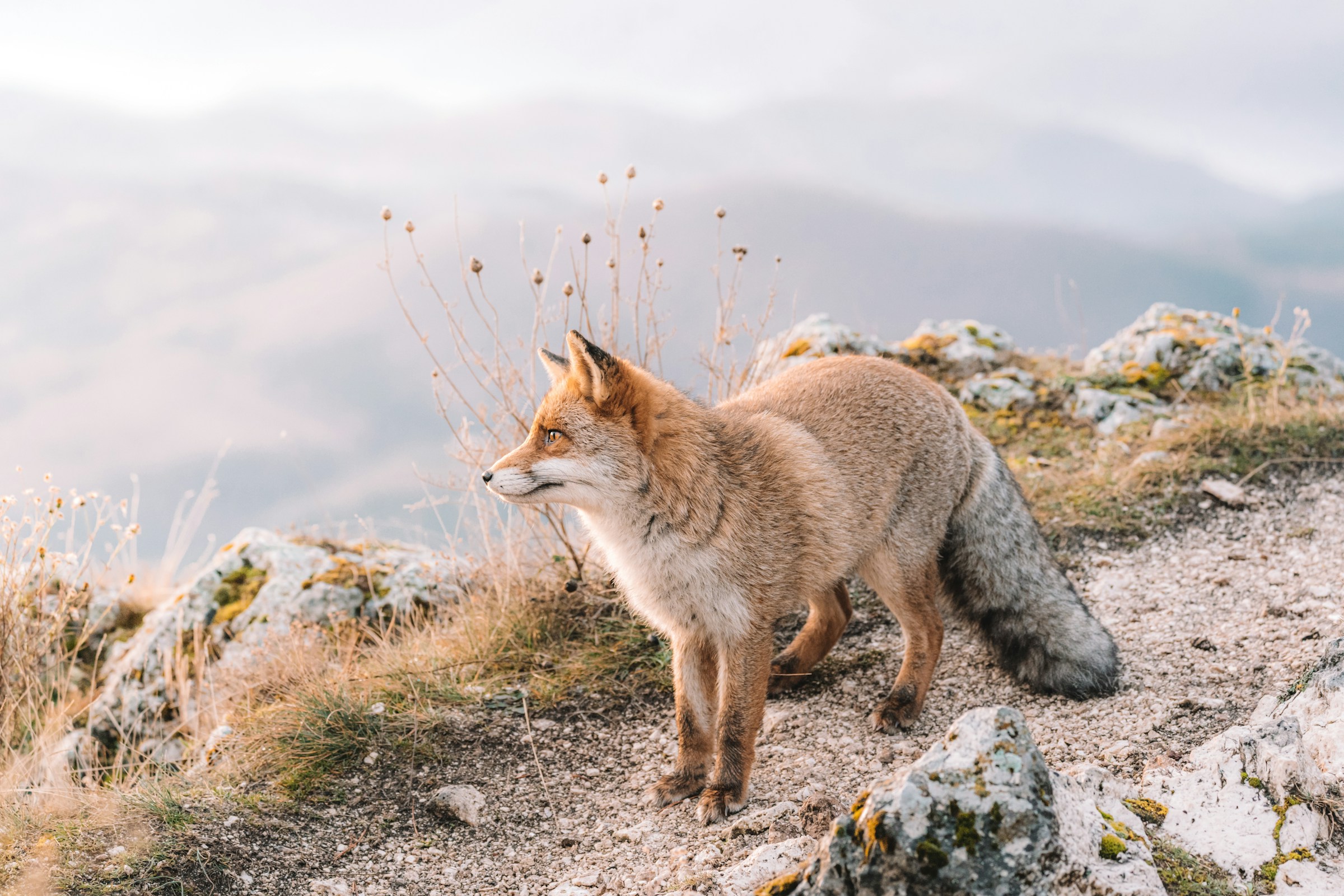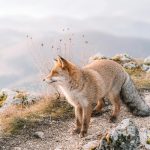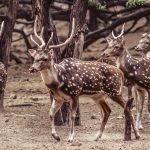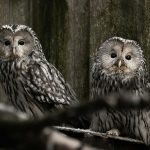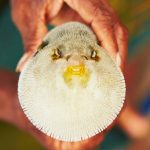Wildlife photography can be a rewarding way to connect with nature, but it comes with responsibilities. Ethical practices ensure the well-being of wildlife while capturing stunning images. Understanding animal behaviors, respecting habitats, and prioritizing conservation are essential for every enthusiast. This guide offers key considerations for photographers in the UK, helping you make a positive impact through your passion. Join us in fostering a deeper appreciation for wildlife while promoting ethical photography practices.
Understanding Ethical Wildlife Photography
Exploring the balance between art and conservation
Lire également : Illuminating the Impact: How Light Pollution Affects Nocturnal Wildlife in the UK and Effective Solutions for Mitigation
Definition of Ethical Wildlife Photography
Ethical wildlife photography is a practice that emphasizes respect for animals and their habitats. It involves capturing images without causing harm or distress to wildlife. This approach prioritizes the welfare of animals over the pursuit of the perfect shot. By adhering to these principles, photographers contribute to wildlife conservation efforts and foster a deeper understanding of the natural world.
Importance of Wildlife Conservation in Photography
Wildlife conservation is crucial in photography as it ensures the sustainability of ecosystems. Photographers play a pivotal role by raising awareness through their work. They can influence public perception and inspire action towards preserving biodiversity. Responsible photography not only highlights the beauty of nature but also underscores the importance of protecting it for future generations.
Cela peut vous intéresser : Effective Strategies for Curbing Deer Overpopulation in UK Woodlands
Ethical Implications for Photographers
Photographers face several ethical considerations. They must decide how to approach their subjects without interfering with natural behaviors. The use of props or bait to attract animals can lead to unnatural interactions and should be avoided. Instead, photographers are encouraged to:
- Maintain a safe distance
- Use appropriate equipment
- Respect wildlife boundaries
By adhering to these guidelines, photographers uphold the principles of ethical wildlife photography and contribute positively to wildlife conservation. This responsible approach ensures that their art does not come at the expense of the environment or its inhabitants.
Best Practices for Wildlife Photography
Discover techniques to photograph animals responsibly
Approaching Wildlife Without Disturbance
Photographing animals responsibly requires a thoughtful approach. Best practices emphasize the importance of minimizing disturbance. Start by observing from a distance, allowing animals to behave naturally. Using appropriate equipment such as telephoto lenses can help maintain space, ensuring wildlife remains undisturbed. This approach not only respects the animals but also results in more authentic images.
Using Appropriate Equipment
The choice of equipment is crucial for wildlife photography. Telephoto lenses enable photographers to capture detailed shots without encroaching on an animal’s space. Additionally, silent shutter modes and camouflaged attire can help reduce noise and visibility, further minimizing disturbance. By investing in the right tools, photographers can uphold ethical standards while achieving stunning results.
Understanding Animal Behavior
A deep understanding of animal behavior is invaluable. Recognizing signs of stress or agitation allows photographers to adjust their actions accordingly. Anticipating reactions can prevent negative interactions, ensuring a responsible photographic experience. This knowledge not only enhances the quality of the work but also aligns with the principles of ethical wildlife photography.
- Techniques for minimal disturbance
- Equipment considerations
- Observing behavior cues
Incorporating these best practices into your routine fosters a respectful and rewarding experience, benefiting both photographers and the natural world.
Legal Considerations in the UK
Exploring the legal landscape for wildlife photographers
Overview of UK Laws Affecting Wildlife Photography
UK wildlife law plays a significant role in shaping the practice of wildlife photography. Photographers must navigate a complex framework of legal guidelines to ensure their work is compliant. These regulations are designed to protect wildlife and their habitats, emphasizing the importance of ethical practices. Understanding these laws is crucial for photographers aiming to avoid unintended violations.
Permits and Permissions Required for Certain Locations
Certain locations in the UK, particularly those with protected species, may require specific permits and permissions for photography. It is essential to research and obtain the necessary approvals before embarking on a shoot. This process helps prevent disturbances to sensitive environments and ensures that photographers operate within the boundaries of UK wildlife law.
- Protected areas: National parks, reserves
- Species-specific: Rare or endangered species
- Event-specific: Seasonal breeding grounds
Consequences of Violating Wildlife Protection Laws
Violating wildlife protection laws in the UK can result in serious consequences. These may include fines, confiscation of equipment, or even legal action. Adhering to legal guidelines not only safeguards photographers against penalties but also reinforces their commitment to conservation. By respecting these laws, photographers contribute positively to the preservation of the UK’s natural heritage.
Minimizing Disturbance to Wildlife
Implementing strategies for ethical wildlife photography
Strategies for Reducing Disturbance
Photographers must adopt strategies that prioritize animal welfare and minimize wildlife disturbance. One effective approach is to plan shoots during times when animals are less active, reducing the likelihood of interference. Early mornings or late afternoons often present ideal conditions for observing natural behaviors without causing disruption.
Importance of Maintaining a Safe Distance
Maintaining a safe distance is crucial for minimizing wildlife disturbance. Utilizing telephoto lenses allows photographers to capture stunning images without intruding on an animal’s space. This practice not only respects the animals but also aligns with ethical considerations by preventing stress or altered behaviors.
Tips for Timing and Location Selection
Selecting appropriate locations and timing can significantly reduce wildlife disturbance. Avoiding breeding seasons or areas known for sensitive species helps protect animal welfare. Researching habitats and understanding animal activity patterns ensures that photographers can operate responsibly and ethically.
- Plan shoots during non-peak activity times
- Use telephoto lenses to maintain distance
- Research locations to avoid sensitive periods
By implementing these strategies, photographers can effectively minimize disturbance, uphold ethical standards, and contribute to the preservation of natural environments. This commitment to animal welfare not only enhances the quality of the work but also fosters a sustainable relationship with the natural world.
Conservation Impacts of Wildlife Photography
Exploring the role of photography in ecosystem preservation
Raising Awareness for Conservation
Conservation photography plays a pivotal role in raising awareness about the need to protect ecosystems. By capturing compelling images, photographers can highlight the beauty and fragility of the natural world. These visuals serve as powerful tools to engage the public and inspire action towards promoting conservation. Through exhibitions, publications, and social media, photographers can influence perceptions and drive change.
Successful Conservation Initiatives
Several case studies illustrate the impact of conservation photography in driving successful initiatives. For instance, the work of renowned photographers has led to increased protection for endangered species and habitats. In some cases, their images have prompted policy changes and funding for conservation projects. These examples underscore the potential of photography to effect tangible environmental benefits.
- Case Study 1: Increased funding for habitat restoration
- Case Study 2: Policy changes for endangered species protection
- Case Study 3: Community engagement in conservation efforts
Ethical Responsibilities
Photographers bear ethical responsibilities in promoting conservation. They must ensure their work respects wildlife and supports conservation goals. This involves truthful representation of subjects and avoiding sensationalism. By adhering to ethical standards, photographers can enhance their credibility and contribute positively to conservation photography efforts, reinforcing their commitment to safeguarding ecosystems.
Resources for Ethical Wildlife Photographers
Exploring the tools and networks available
Recommended Books and Online Courses
For photographers seeking to deepen their understanding of ethical wildlife photography, numerous resources are available. Books such as “The Ethical Lens” offer insights into responsible practices. Online courses, like “Ethical Wildlife Photography 101,” provide structured learning experiences, covering essential topics such as wildlife conservation and animal welfare. These educational materials are invaluable for refining skills and ensuring responsible photography.
Organizations and Networks
Joining organizations and networks dedicated to ethical photography can enhance a photographer’s journey. Groups like the Ethical Wildlife Photographers Association foster a community of like-minded individuals committed to wildlife conservation. These networks offer support, share best practices, and provide opportunities for collaboration. Engaging with such communities can significantly enrich a photographer’s experience and impact.
Interviews with Experienced Photographers
Insights from seasoned photographers can be particularly enlightening. Interviews with experts reveal practical tips and strategies for maintaining ethical standards. As one renowned photographer states, “Respect for nature should guide every shot.” These conversations underscore the importance of education and community in ethical wildlife photography.
- Books: “The Ethical Lens”
- Courses: “Ethical Wildlife Photography 101”
- Organizations: Ethical Wildlife Photographers Association
By leveraging these resources, photographers can enhance their commitment to ethical practices, fostering a deeper connection with both their craft and the natural world.
Case Studies of Ethical Wildlife Photography
Exploring real-world examples and their impacts
Successful Ethical Projects
Delving into case studies of ethical wildlife photography reveals insightful lessons. One notable project is the documentation of the snow leopard in the Himalayas. By employing remote cameras, photographers minimized disturbance, capturing stunning images that raised awareness about conservation challenges. This approach exemplifies how ethical practices can lead to successful outcomes.
Table: Key Elements of Successful Projects
| Project | Location | Approach | Outcome |
|---|---|---|---|
| Snow Leopard | Himalayas | Remote Cameras | Increased Awareness |
| Sea Turtle Rescue | Caribbean | Minimal Human Interaction | Enhanced Conservation Efforts |
Interviews with Ethical Photographers
Interviews with photographers committed to ethical practices provide valuable insights. Renowned photographer Jane Doe emphasizes, “The welfare of wildlife should always come first.” Her dedication to ethical standards has not only resulted in breathtaking images but also contributed to successful conservation initiatives. These conversations highlight the importance of prioritizing animal welfare in all projects.
Lessons from Experiences
Learning from both successful and unsuccessful experiences is crucial. Ethical projects often face challenges, such as balancing access with minimal impact. However, these experiences underscore the significance of adhering to ethical guidelines. By studying these case studies, photographers can refine their approach, ensuring that their work benefits both wildlife and conservation efforts.

